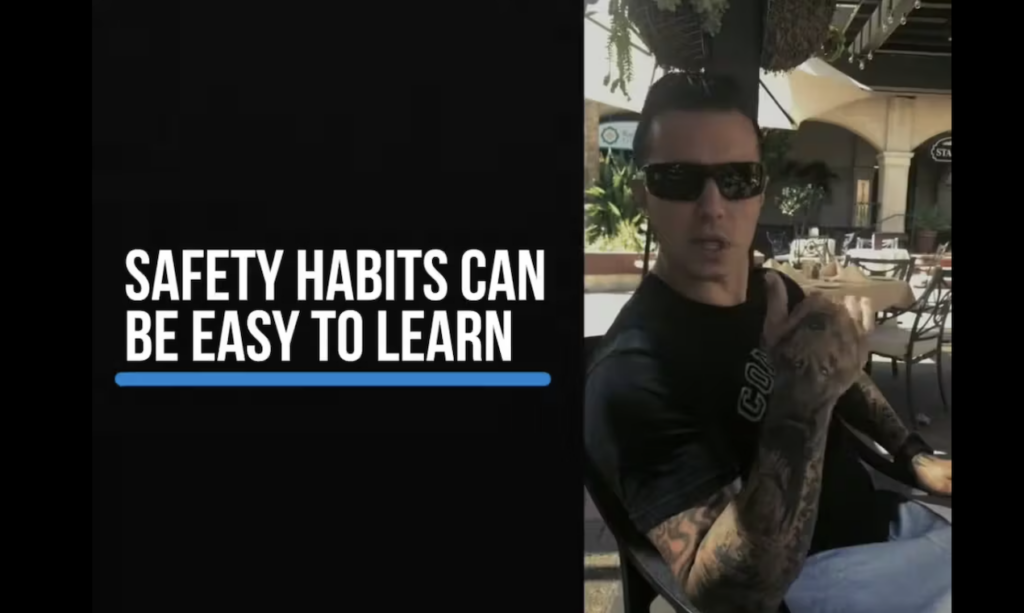NO AWARENESS – NO CHANCE.
If there were no awareness, no one would know when to strike.
We can only learn about awareness by studying it. Yet, most self-defense training is focused on the physical counter-attack. Think about that.
- How to disarm a knife
- How to get out of a headlock
- How to stop a sucker punch
- How to defend against the (fill in the blank)
While the moves you’re practicing might be effective, you’re not developing any of the skills needed to AVOID the altercation. In fact, you’re actually making it more challenging to avoid because you’re training your brain to wait for the attack.
I know that sounds ridiculous, but the mind does control the body. If you do most of your reps allowing your training partner to attack you first – so you can execute your counter – you’re literally training your brain to move second!
Remember, this post is about awareness and its importance.
Again No Awareness No Chance.
Today please absorb the info in the video and apply it in your life. Gamify it with your family so they learn some of the tips and strategies.
Situational Awareness At A Restaurant from Tony Blauer’s SPEAR University on Vimeo.
Remember, effective situational awareness allows you to see it early, then shift psychological gears from prey to predator. Your mind must be engaged. And ideally, you want to have the most amount of time possible to prepare a solution.
Physical movements are fun, but to help manage actual violence, the most important skill you can develop takes place in your head, before coming to blows and those two skills are “situational awareness” and “fear management”.
Spot the danger early and you can move away from the problem or if required, intercept it tactically.
Remember, when you ONLY practice the counter-attack you’re training your brain to a) allow the attack to happen, and b) move second.
So where is the safest place to sit in public?
Want to learn more about our research and system? I included some training opportunities below. Check them out.
Stay safe,
Coach B
This article was written by Tony Blauer. It was originally published HERE.


